LATVIJA.FM
The Story of the Riga Motor Museum
More than just a home for vintage cars, the Riga Motor Museum is a time capsule of speed, ambition, and the human desire to invent. Opened in 1989 and nestled in Latvia’s capital, it has grown into one of Europe’s most respected automotive museums. Behind every gleaming hood and restored fender lies a deeper story—of Soviet dreams, Latvian ingenuity, and a country’s road through history. The museum doesn’t just preserve vehicles; it captures the cultural momentum that has driven Latvia forward for over a century.
A Vision Born in the Twilight of the Soviet Era
When the Riga Motor Museum opened its doors in 1989, Latvia was still under Soviet control, and few cultural institutions had the freedom to celebrate individual expression or technological heritage. Yet here, amid a climate of change and cautious hope, a museum emerged with a mission unlike any other in the Baltics—to document and display the evolution of automotive history, both Eastern and Western. The idea originated with engineer and car enthusiast Viktors Kulbergs, whose personal collection and vision laid the foundation. It was not just about collecting old cars; it was about showcasing the spirit of motion during a time when Latvia itself was yearning to move—politically, socially, and culturally—towards freedom.
A Treasure Trove of Machines and Memory
Today, the Riga Motor Museum holds over 100 vehicles, each carefully restored and presented with storytelling in mind. From rare pre-war models like the Horch and Auto Union to legendary Soviet icons like the GAZ-M20 “Pobeda,” the collection bridges global history with local context. One of its most compelling exhibits is the array of cars once used by Soviet leaders, including a bulletproof limousine allegedly linked to Stalin himself. But the museum doesn’t glorify the regimes these cars served—it interprets them. Visitors don’t just see machines; they encounter political history, wartime innovation, Cold War aesthetics, and even the eccentricities of dictators. This depth is what elevates Riga’s Motor Museum from a mechanical archive into an immersive historical experience.
Latvia’s Hidden Role in Automotive History
Few know that Latvia once played a surprisingly important role in the early development of automobiles. The Riga-based company “Russo-Balt,” founded in 1909, was one of the earliest car manufacturers in the Russian Empire. Their sleek, durable models were praised for performance and craftsmanship, and some even competed in international races. The museum proudly displays a reconstructed Russo-Balt model, reminding visitors that Latvia was not merely an importer of technology but an active contributor to its advancement. This heritage, often overshadowed by later Soviet standardization, is lovingly restored here—bringing national pride into conversation with the broader narrative of European automotive evolution.
A Major Renovation for a New Generation
In 2016, the museum underwent a major renovation that transformed its interior into one of the most modern exhibition spaces in the Baltics. Gone were the static rows of cars and dry technical labels—in their place came interactive displays, multimedia stations, and scenographic storytelling that appealed to children and experts alike. Visitors can now peer under engines via digital x-rays, walk through recreated garages, or race virtual classic cars. This reinvention of the museum made it not just a place to see history but to feel it. The redesign preserved the museum’s rich technical collection while making it accessible to new audiences, including international tourists, schoolchildren, and motorsport fans.
More Than Steel: A Cultural Hub on Four Wheels
Beyond its exhibits, the Riga Motor Museum has evolved into a broader cultural space—hosting design forums, vintage car parades, educational programs, and even temporary art exhibitions inspired by machinery and motion. It also plays a vital role in preserving Latvia’s transport heritage, supporting research, restoration, and technical education. For many locals, the museum is not only a showcase but a celebration of craft, design, and resilience. It tells the story of Latvia not just as a country that was shaped by larger powers, but as one that contributed, innovated, and preserved. Through its dedication to both engineering and experience, the museum affirms that cultural identity can live even in chrome and leather upholstery.
Where the Past Accelerates into the Present
The Riga Motor Museum is more than a collection—it’s a journey through time where every car is a character and every exhibit a turning point. From the dusty roads of prewar Europe to the streamlined aspirations of the Soviet space age, the museum captures the spirit of motion in all its forms. It reminds visitors that history moves not just in revolutions and declarations, but in wheels that turn, engines that roar, and people who dare to drive forward. In honoring these machines, Riga also honors its own road—marked by resilience, reinvention, and the unwavering belief that even small nations can steer great stories.
Cover Image: Riga Motor Museum in 2016 by LatvianTanker. Available under the Creative Commons Attribution-Share Alike 4.0 International license. Source: Wikimedia Commons.
